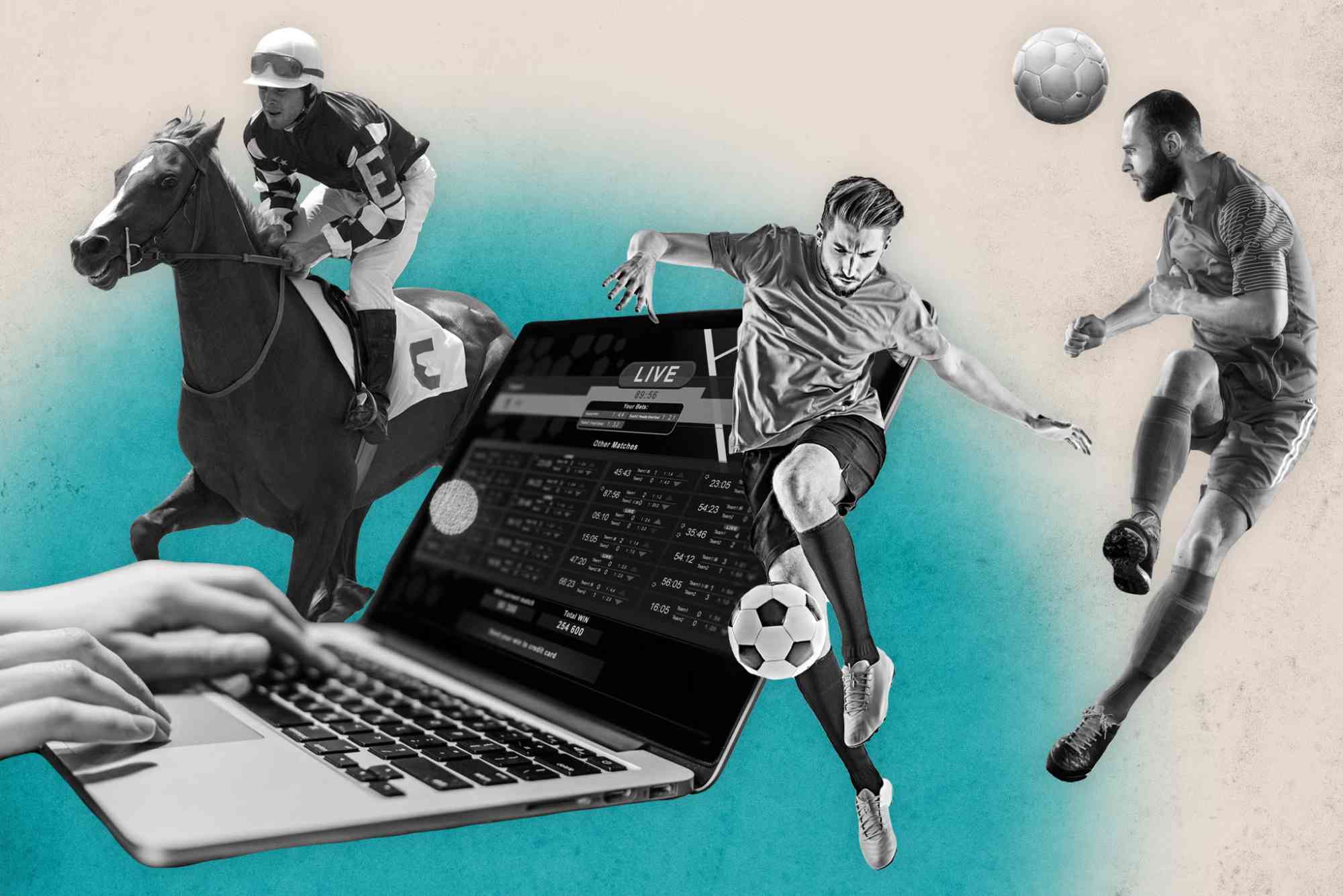When you step into a casino, it feels like you’re entering a world of lights, sounds, and endless excitement. But have you ever stopped to think about why the slot machines are arranged a certain way, or why table games are positioned near specific entrances? Casino layouts are not random—they are carefully designed to influence the way you move, the games you notice, and ultimately, the games you choose to play.
As someone who has spent years observing both land-based and online casinos, I can say with confidence that design psychology plays a massive role in shaping gambling behavior. From subtle pathways to soundscapes and even furniture placement, casinos create an environment that encourages you to stay longer and play more.
The Psychology Behind Casino Design
The first principle of casino design is immersion. Everything from the lighting to the carpet patterns is created to keep your attention focused inward. Many casinos avoid clocks or windows, making it easy to lose track of time and stay engaged with games. The layout itself acts like a maze, guiding you past a variety of games until something catches your eye.
Interestingly, this same principle is now applied in the digital space. Online platforms, including fast payout casinos uk, use clean layouts and intuitive navigation to subtly guide players toward featured games and promotions. Just as a physical casino might place popular slot machines near the entrance, online casinos highlight trending or newly launched titles on their homepages. This creates a balance between freedom of choice and gentle nudging toward specific options.
The Power of Placement and Pathways
Placement is everything. Casinos strategically put high-energy games like slot machines in areas with heavy foot traffic, while quieter, more strategic games like poker are often tucked away. This encourages casual players to be drawn to quick, colorful machines, while seasoned gamblers seek out the more hidden tables.
Pathways are also designed with intention. You rarely see a straight line from one part of the casino to another. Instead, winding routes ensure you’re exposed to as many games as possible before reaching your destination. This increases the chances that you’ll stop and play something you hadn’t planned on trying.
Online casinos mirror this by placing recommendations, leaderboards, and bonus offers along your navigation path. Even if you came for one game, you’re likely to be tempted by another flashing banner or featured title along the way.
Sound, Light, and Atmosphere as Subtle Influencers
The ambient sounds of slot machines ringing, coins dropping, and cheers from winners are more than just background noise—they’re designed to trigger excitement and anticipation. Lighting also plays a major role; bright, colorful displays around certain games create a sense of energy, while softer lighting in lounge areas encourages relaxation.
These same sensory cues appear in the online world too. Fast-paced games often have celebratory sound effects for even small wins, while jackpots create dramatic animations to reinforce excitement. It’s no accident—these design elements are carefully tested to maximize engagement.
Creating the Illusion of Control
Another fascinating design trick is the illusion of control. Casinos often place skill-based games like blackjack or poker in visible areas to suggest that players can influence outcomes with strategy. This entices people who don’t want to leave everything to chance.
Similarly, online casinos highlight live dealer games, where human interaction gives players a sense of authenticity and control, even though the odds remain firmly in favor of the house.
The Subconscious Impact of Comfort
Ever noticed how comfortable the chairs are at slot machines, or how there’s always a place to set down your drink? Casinos understand that comfort keeps you seated longer. More time at a game usually means more money spent.
Online casinos use comfort in a different way—streamlined interfaces, mobile compatibility, and fast withdrawals all reduce friction, keeping the experience smooth and enjoyable. The easier it is to play (and cash out when you want), the more likely players are to return.
Ethical Considerations and Transparency
While these design techniques are impressive, they also raise ethical questions. Are casinos manipulating players into spending more than they intended? Transparency is key, both in physical spaces and online platforms. Reputable operators make sure that while the design may be persuasive, it isn’t deceptive. Players must always have the ability to make informed decisions.
As gambling continues to evolve digitally, these discussions become even more important. A balance needs to be struck between offering engaging experiences and ensuring responsible play.
Final Thoughts
Casino layouts—whether physical or digital—are far from accidental. From pathways and soundscapes to online navigation and interface design, every element is carefully planned to influence your behavior. The next time you walk into a casino or log in to an online platform, take a moment to notice how much of what you choose might be subtly guided by design.
The lesson here isn’t to avoid casinos, but to recognize the psychology at play. By being aware of these influences, you can make more conscious choices about the games you play and the time you spend. After all, the best gambling experience is one where entertainment and responsibility go hand in hand.




